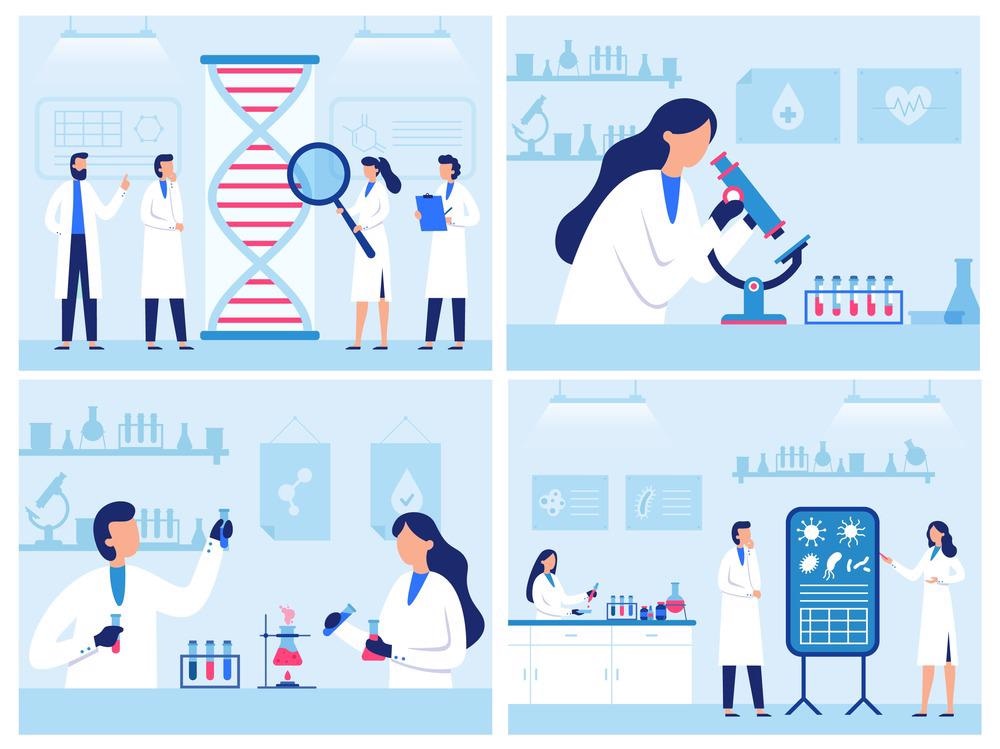Despite the advancements in science and technology, researchers experience various difficulties while conducting their experiments. This article discusses some of the bottlenecks related to the life science industry. It also addresses some of the strategies developed to overcome bottlenecks by pharmaceutical and biotechnology-based companies.

Image Credit: Tartila/Shutterstock.com
Bottlenecks in the Life Science Industry
Although the advancements in data mining and various technologies have aided in reducing the time elapsed between drug design and marketing, many bottlenecks and complexities inhibit the drug's success and effectiveness.
On average, it takes a decade for a new drug to reach the market, and the average cost of production is around $2.6 billion. It has been estimated that less than 12% of the drugs that enter clinical trials are approved for usage. This is the reason why scientists began to develop means to overcome bottlenecks in drug discovery and development.
Some of the strategies used to accelerate drug discovery include stem cell-based experiments and computational modeling to gather insights into the effectiveness of a drug compound in the human body. Recently, advanced modeling studies have been used to select optimal animal models for a particular disease.
Scientists believe that extensive analysis at an early stage of the drug development is required to determine its safety profile before the clinical trial phase. Some of the life science industry bottlenecks are associated with particular experiments, drug discovery, and research protocols. A few of these challenges are discussed below.
Secondary Pharmacology
One of the commonly overlooked steps in the drug discovery process is related to the implementation of secondary pharmacology in the early stage of drug design. Secondary pharmacology determines the inadvertent effects of a promising compound. During drug discovery, the secondary pharmacology step is often skipped to speed up the process, where scientists directly conduct animal testing to assess the drug's safety profile. However, if off-target effects are assessed and modified earlier, the possibility of the drug failing clinical trials could be reduced substantially via chemical and data mining techniques.
For example, during the course of developing one particular drug, researchers identified several compounds with therapeutic potential and performed secondary pharmacology. This investigation revealed that all drugs identified in the earlier steps exhibited off-target effects on an enzyme called PDE3.
Typically, PDE3 inhibition enhances mortality in patients with congestive hearts. Thereby, those drugs were not progressed to clinical trials as they could trigger greater health issues.
Dr. Philip MacLaughlin of Elsevier R&D Solutions for Pharma & Life Sciences stated that massive amounts of data are streamlined to assess early-stage safety strategies associated with overall drug development. Researchers are in increased demand for developing more predictive models and cost-effective and faster analytical tools to aid more efficient drug development.
Stem Cell Technology
Recent progress in stem cell technology has propelled in vitro research forward. One of the limitations of commercially available stem cells is that they are not created equally. Stem cells developed by different companies require differential maintenance conditions. Additionally, stem cells lack some characteristic features, such as the inability to cycle calcium, making them unsuitable for some experiments related to heart diseases.

Image Credit: Anusorn Nakdee/Shutterstock.com
Animal Studies
The accuracy of animal studies is associated with the way animals are handled during an experiment. For example, during heart-related experiments, the heart rates of restrained animals were much higher than unrestrained animals. Scientists stated that heart rate recorded via telemetry in unrestrained animals exhibited reduced variable heartbeat data. This is extremely important for assessing candidate drugs' response to blood pressure.
Additionally, the appropriate housing of animals plays an essential role in generating robust and highly sensitive data. These measures help in applying the right models and designing the best protocols.
Downstream Processing
Biopharmaceutical developments require a multidisciplinary approach. The rapid increase in protein expression levels has led to shortages in the separation, filtration, and chromatography capacity (column footprint), associated with the purification (downstream) process. Scientists have stated that properly handling downstream bottlenecks is a primary challenge to maintaining a suitable biopharmaceutical supply.
The lack of adequate downstream processes is also due to rapid improvements in upstream processes. Some of the common downstream bottlenecks are associated with disposable ultrafiltration systems, buffer dilution systems, and dependency on high-capacity resins. In response to these problems, researchers have focused on optimizing developmental conditions. They further aim to develop downstream processes with fewer steps and limit the number of process steps.
Another common bottleneck is inefficient process handling during scale-up, i.e., transition from the pilot- to full-scale manufacturing. The preparatory time enhances when the volume is scaled up and higher footprint requirements are observed. An inefficient process affects time-critical steps.
Column packing is another bottleneck within biopharma companies. Conventional column packing is time-consuming, as it is a manual process and requires testing activities. This method is still practiced in many companies. Cleaning and validation affect many areas of pharma and biopharma manufacturing. Recent advancements include an automated column packing process. Some companies utilize pre-packed, pre-sanitized, and ready-to-use columns for pilot-scale operations to expedite the purification process.
Last Updated: May 16, 2022